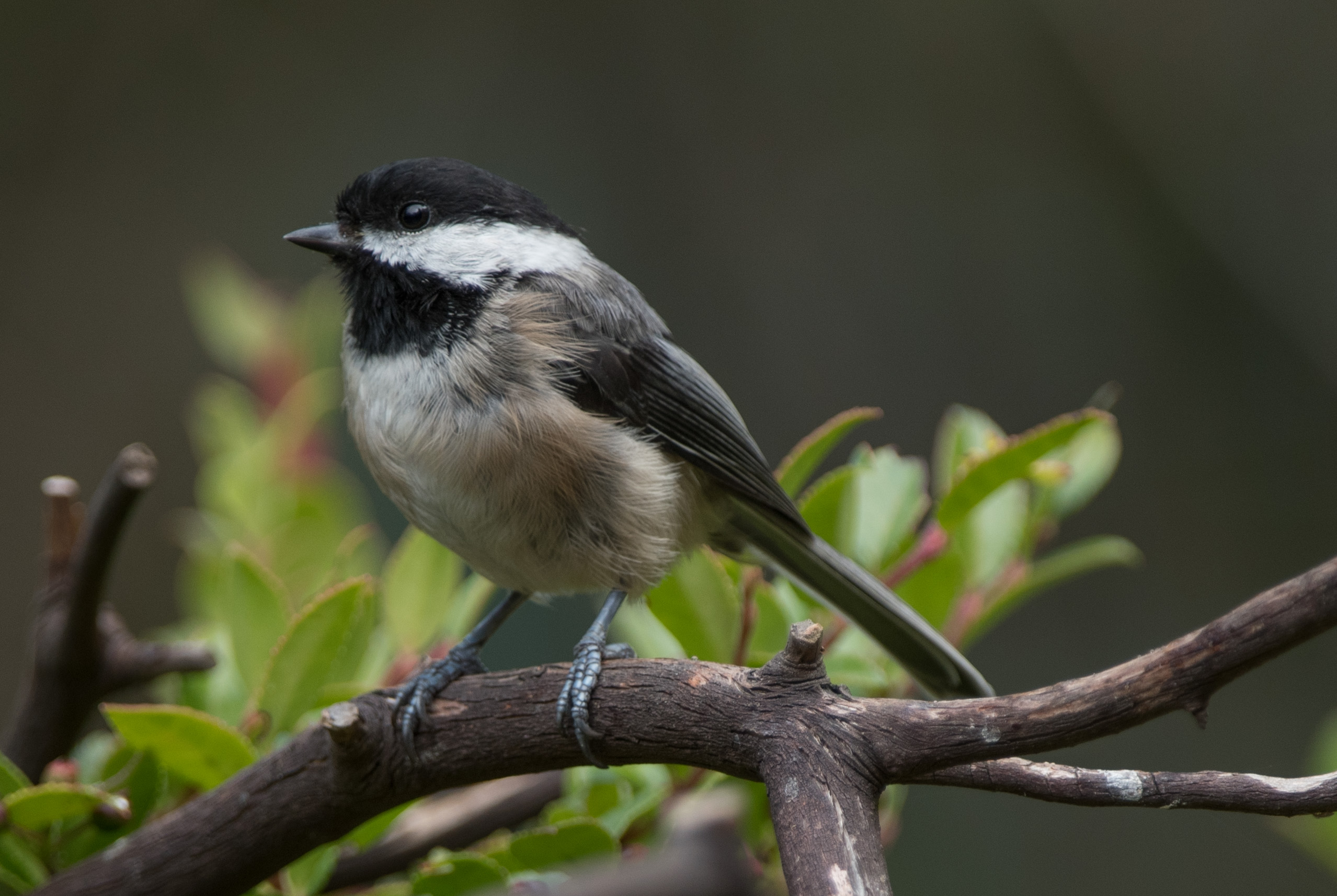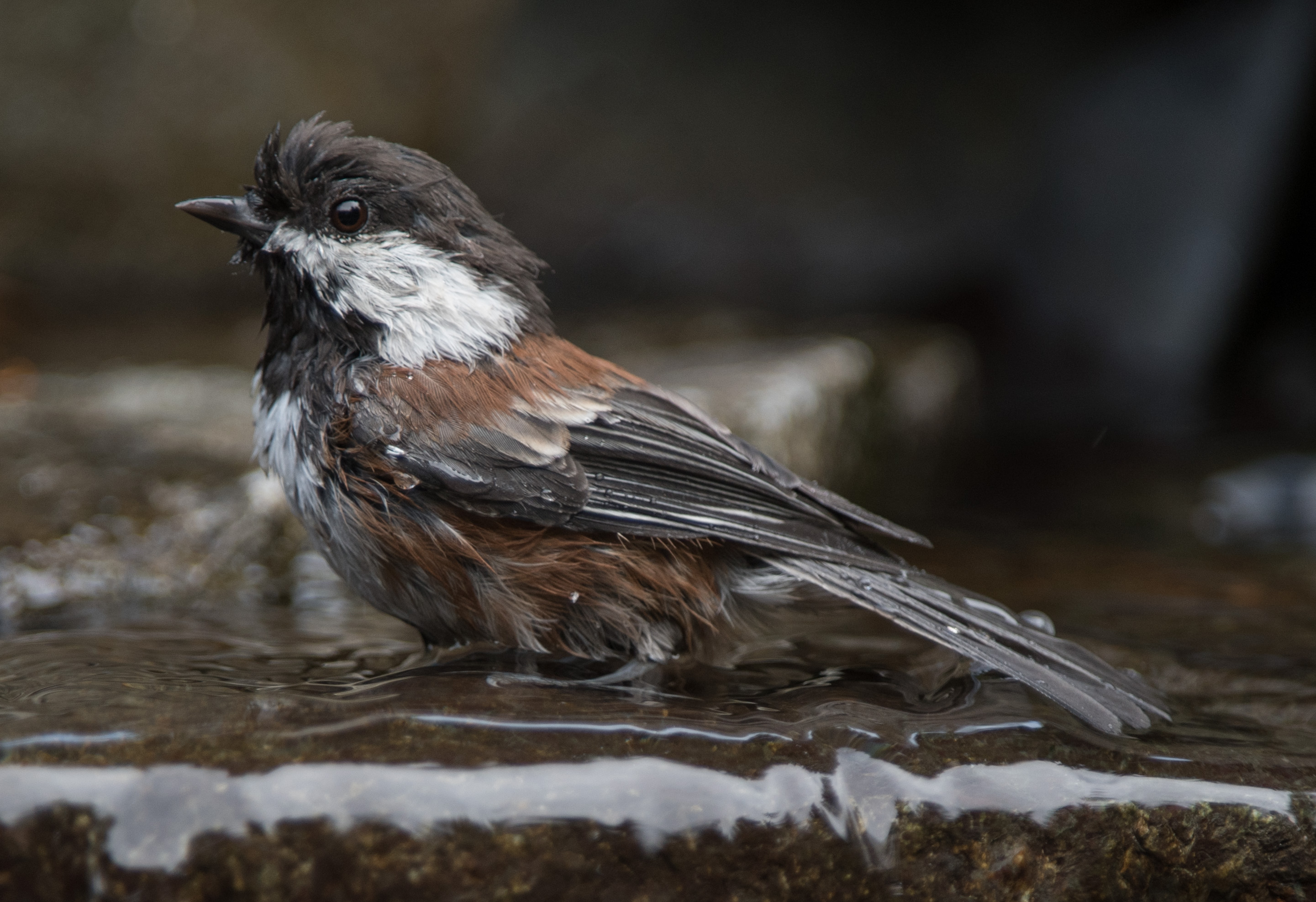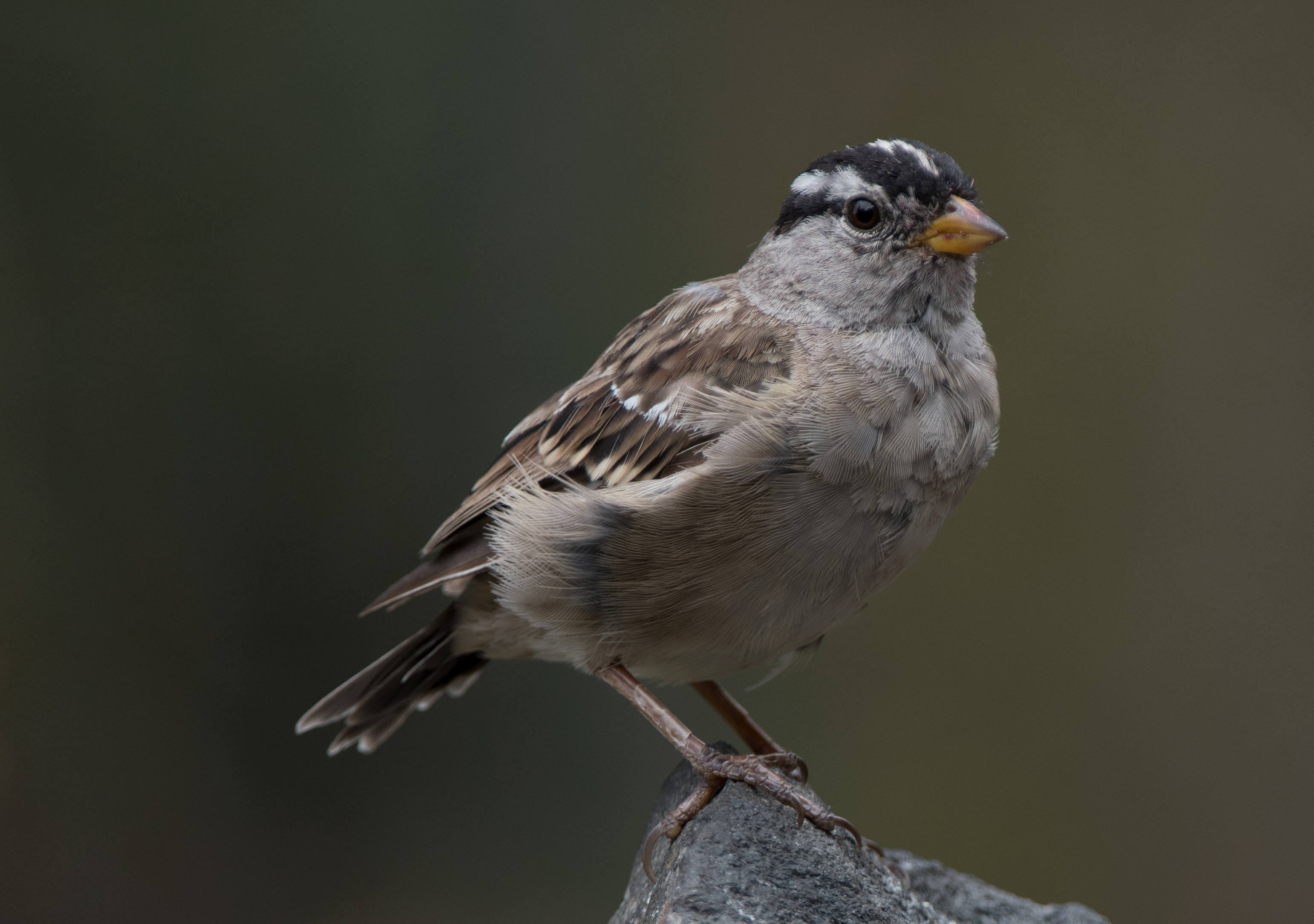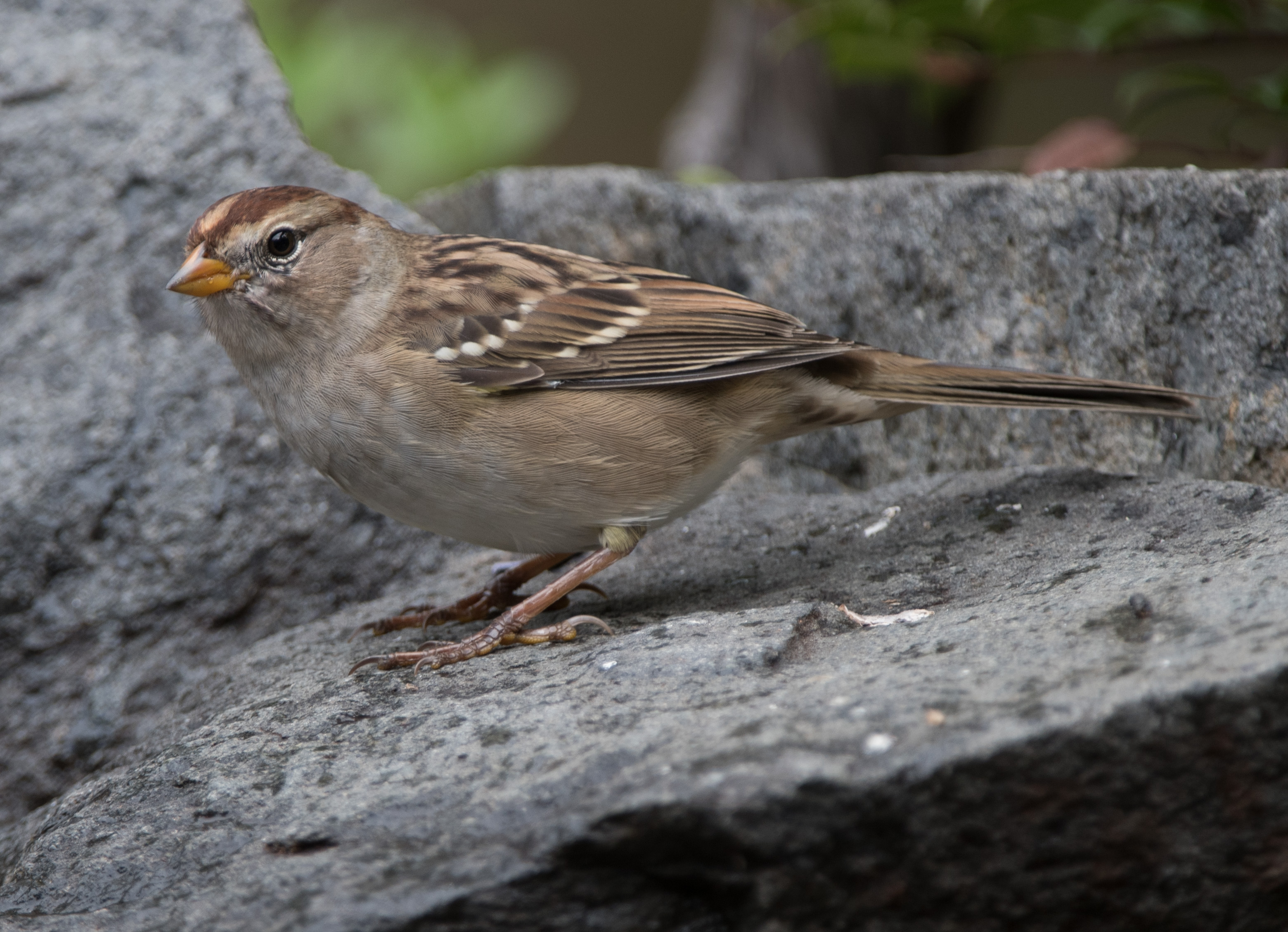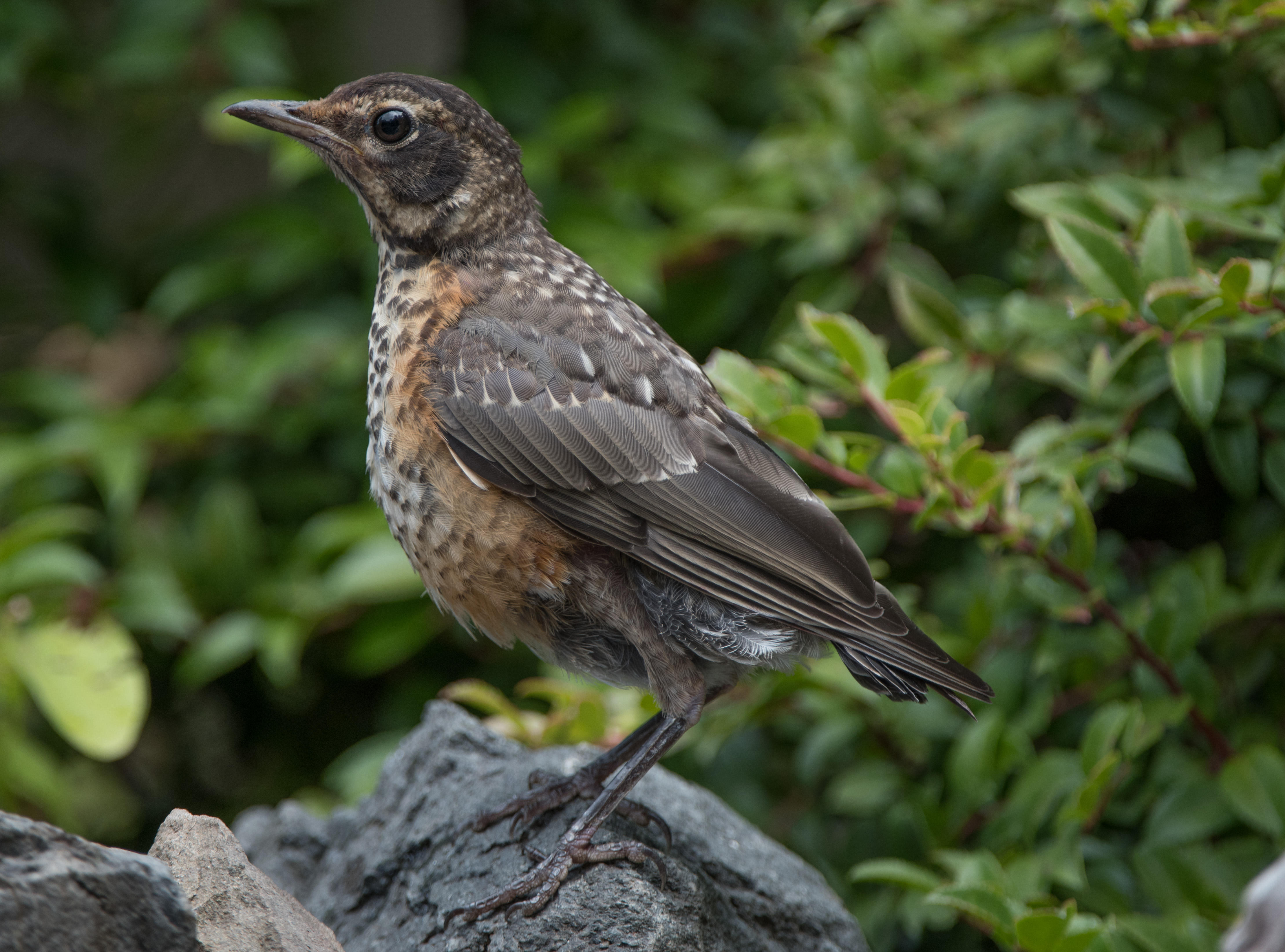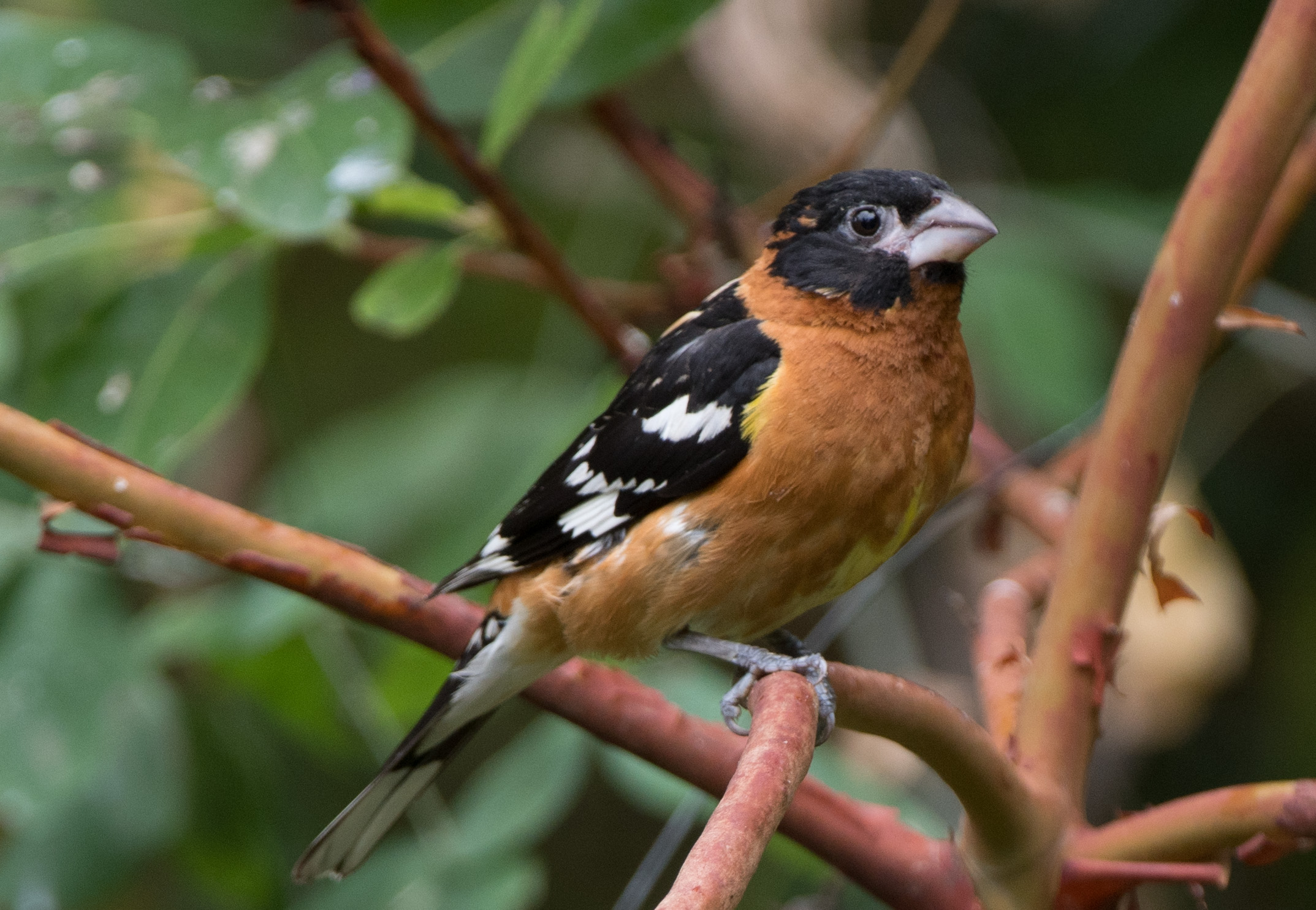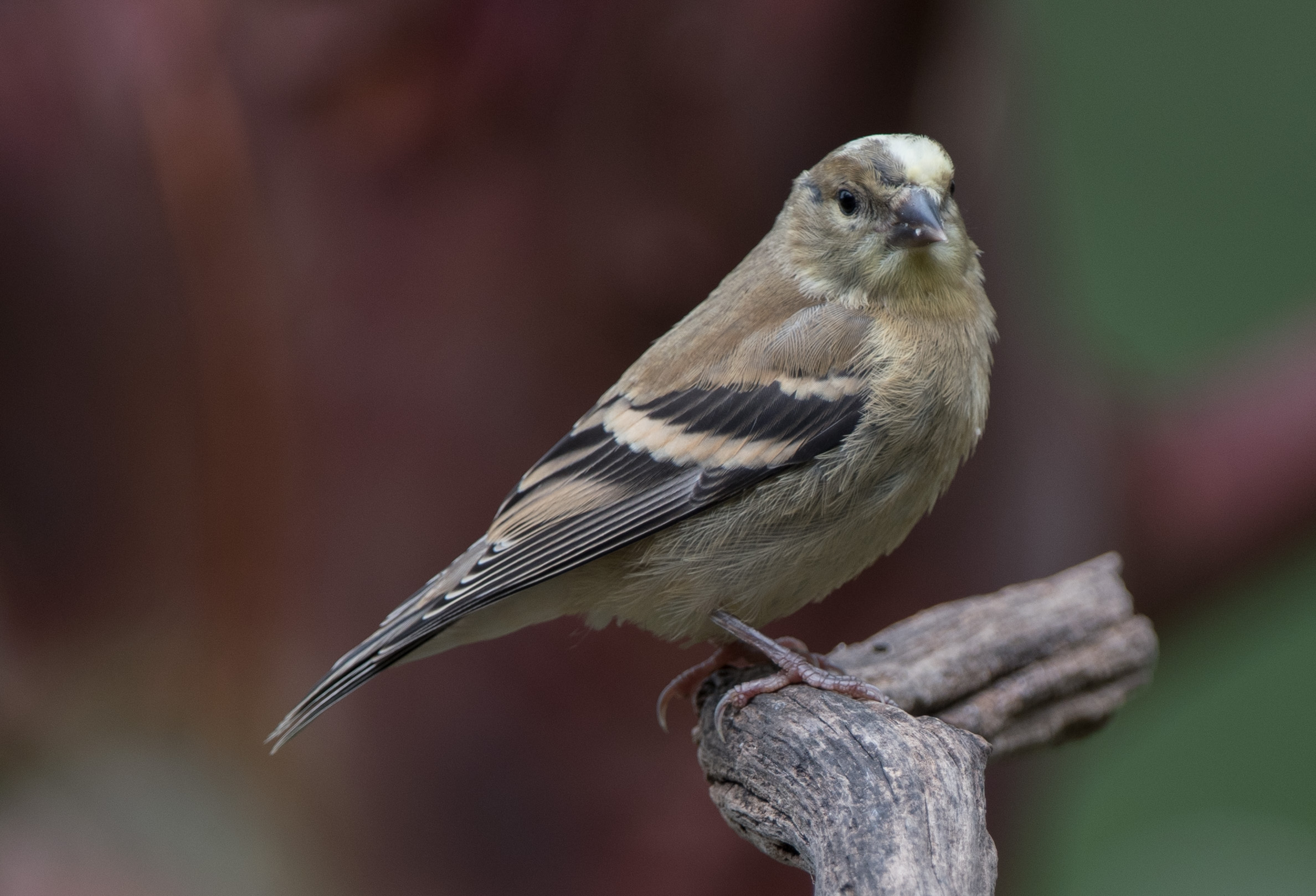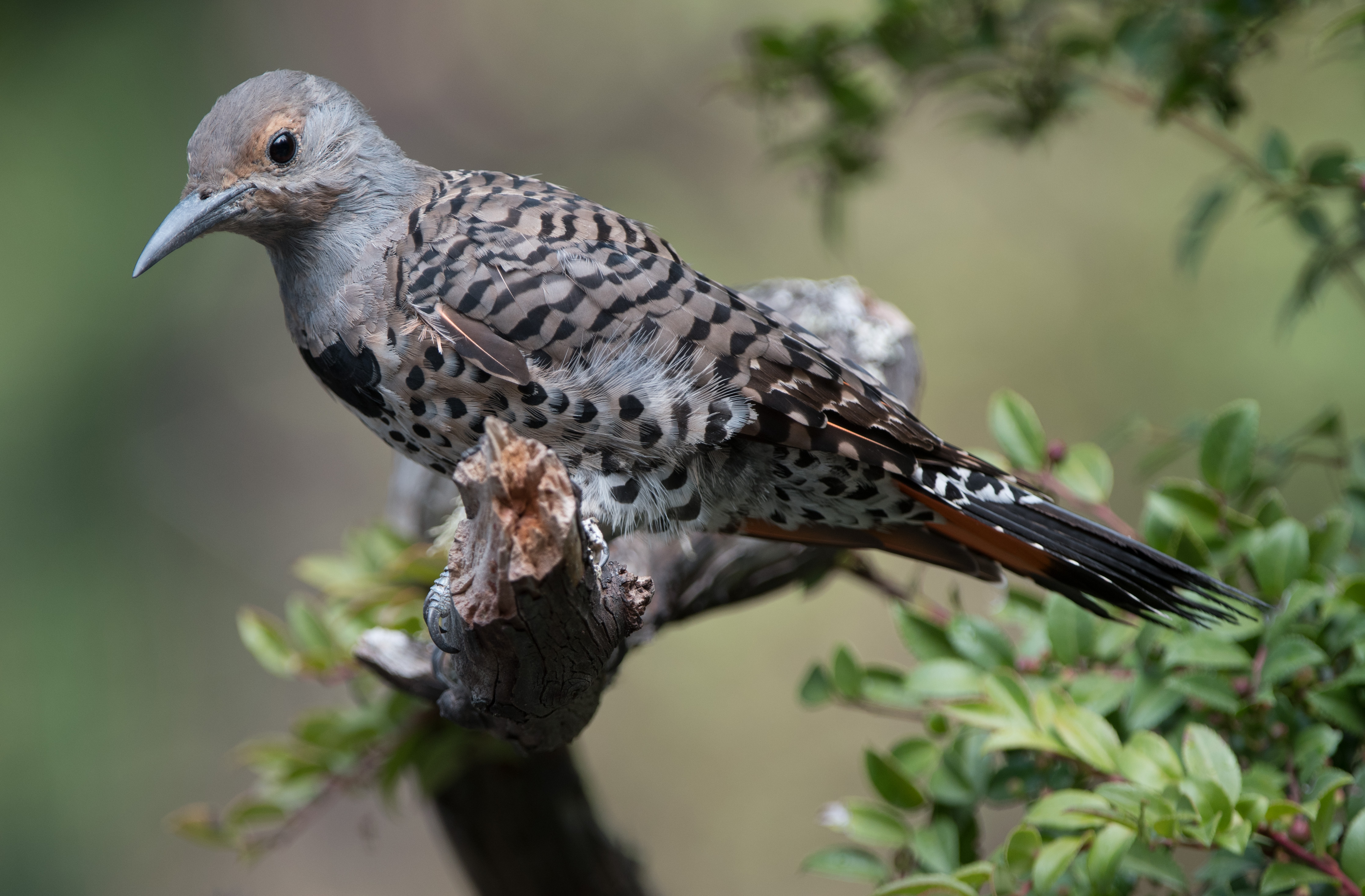The only downstairs window in our house that overlooks our watercourse is located in the kitchen. On many occasions lately I’ve looked out the window and seen a warbler in or around our watercourse. I usually waste no time in going for my camera and trying to sneak out of the house to a viewing point. However I’m almost always frustrated by the warbler’s lack of appreciation for my stealth mode and it almost always flees the yard before I can obtain any photos. This has happened too many times lately. So… you will see no warblers in this post.
Yesterday afternoon I spent about three hours in the yard and obtained some nice photos, although none were of unusual visitors.
I’ll begin by exhibiting three different birds of similar appearance about which I’m occasionally asked. First, the Black-capped chickadee, a bird that prefers areas featuring deciduous bushes and trees.
Next, its “cousin”, the Chestnut-backed chickadee that prefers areas dominated by conifers…
Both of the chickadees are of similar size and shape. The male common House sparrow is significantly larger but has colors that somewhat resemble the Chestnut-backed chickadee.
The next two birds are White-crowned sparrows, the first a bird exhibiting adult plumage and the second a juvenile.
We had an unexpected late-season juvenile American robin, accompanied by both parents, appear in the yard yesterday. The question of where this bird’s siblings might be was answered by the appearance of an accipiter in the yard a couple of days ago, and indeed it took an unidentified bird from the yard. I was able to obtain some bad photos of it eating its prey and while doing so observed (and photographed!) a Peregrine falcon landing in the top of one of the fir trees in the adjacent parkland.
We still have Black-headed grosbeaks visiting the feeder and females/juveniles visiting the watercourse. I am unable to distinguish the females from the juveniles but this bird is clearly an adult male.
After an absence of several days our leucistic, juvenile American goldfinch returned to the yard. Since it is the only goldfinch I can distinguish from the other 15 or so goldfinches in the yard at any one time it gives me some idea of the comings and goings of this species.
And finally, a juvenile Northern flicker making a rare visit to the watercourse. While the watercourse is the most universal attractor to birds, not all birds use it with the same frequency. Se have flickers visit the yard regularly, but they rarely visit the watercourse.

